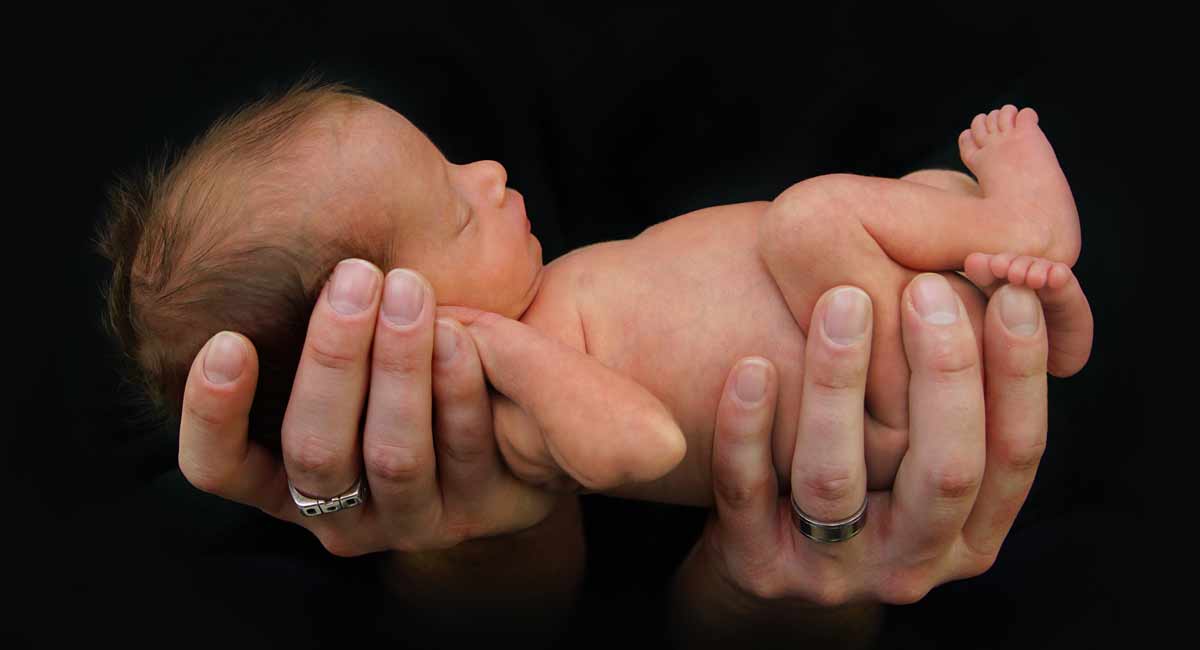A study from Belgium has revealed that over the course of 15 months, 24 infants were killed by lethal injection in Flanders, Belgium.
According to Texas Right to Life, the report in Archives of Disease in Childhood Fetal and Neonatal edition does not use the word “euthanasia” to describe how the children died, but does say the children had medical challenges and were killed by lethal injection. The study analyzed newborn babies (under age one) who died in Flanders — the northern portion of Belgium — between September 2016 and December 2017. The researchers learned about the end-of-life care that was given to each child. They found that doctors had an “explicit life-shortening intention” for 10% of the babies who had died in that time frame — 24 infants. These babies were intentionally killed because doctors believed there was “no hope of a bearable future” for them.
Killing infants through euthanasia is not technically legal in Belgium. “It is well-known that eligibility for euthanasia in Belgium is elastic,” wrote Micahel Cook in an article for BioEdge. “However, there are limits. The law only permits the euthanasia of minors who are capable of discernment and who are conscious.”
READ: Belgium euthanasia law broken, says academic study
Cook notes that the number of infants killed by lethal injection has increased from seven percent since the same review was carried out in 1999-2000, over a decade prior to euthanasia being legalized for children in 2014. Euthanasia has been legal for adults in Belgium since 2002. Although there is no legal age limit for children who can be euthanized, the child has to be able to make the request and understand what will happen. But no child is capable of making an informed decision to die, and no outside individual has the right to label these young lives — or any lives — not valuable based on the arbitrary measurement of “quality of life.”
Doctors determined that the children in the Flanders study had no hope of a “bearable future” but their medical conditions were not necessarily terminal. As pointed out by an article in the European Institute of Bioethics, “these children had a real chance of survival, but the medical team — no doubt in agreement with their parents — considered that their lives were not worth living to the end.”
In addition, while parents may be led to believe their child’s life is not valuable, they may also be led to believe that lethal injection will offer their child a peaceful death. Yet, according to palliative care doctor Ilora Finlay, they die by drowning when their lungs fill with fluid. Sometimes it takes five minutes for the person to die, but other times they can wake up again — and sometimes it takes 100 hours for death to arrive.
“This isn’t a gentle peaceful death. It just looks peaceful,” said Finlay, “because they can’t move their muscles and they’re paralyzed.”
A study published in the medical journal Anaesthesia supports this idea. Data from the Netherlands found death from euthanasia and assisted suicide is often prolonged and painful. It took 30 hours for a third of patients to die, and four percent of the patients took a shocking seven days to die.
The new study from Belgium only looked at data from Flanders, which means the total number of infants being killed by lethal injection could be higher when the intentional deaths of babies from the southern half of Belgium are factored in.
Editor’s Note, 11/20/21: This article has been edited since its original publication.
“Like” Live Action News on Facebook for more pro-life news and commentary!







